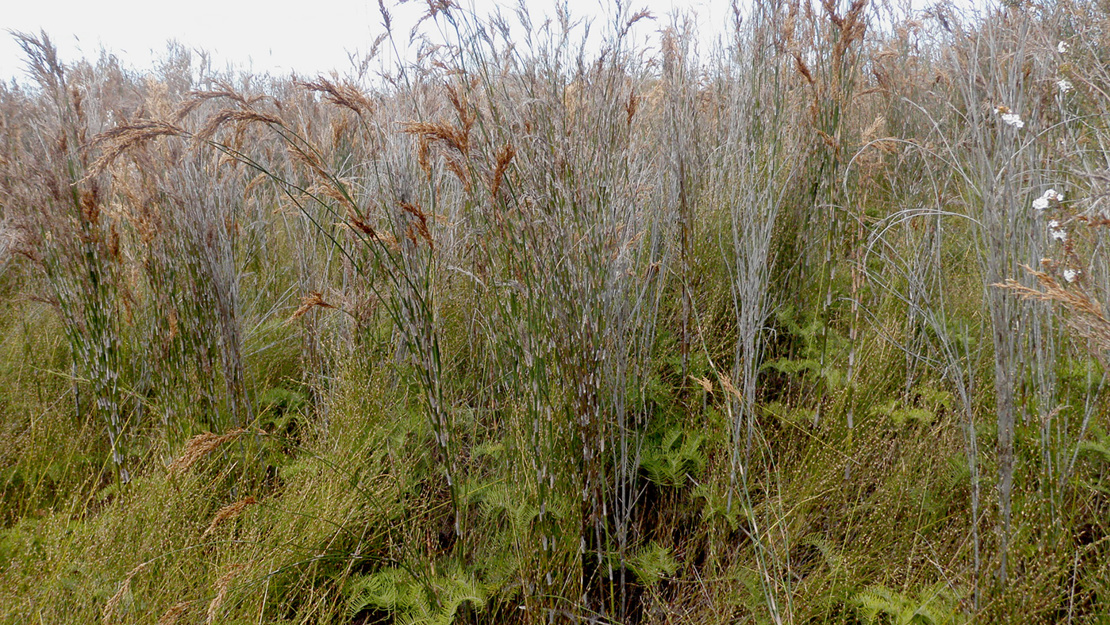Bamboo rush, greater wire rush, restiad rushland ecosystem (WL3)
Wetland ecosystem
About this ecosystem
This ecosystem occurs in raised bogs greater than 7000 years old in warm, humid and sub-humid areas. Soils are poor draining, acidic and low in nutrients.
In Auckland, evidence of bamboo rush pollen and macrofossil has been found in peat bogs between Papakura and Takanini. As they are no longer present, this ecosystem is considered 'Collapsed' in Auckland.

Flora and fauna in this ecosystem
As the soils are acidic and nutrient-poor, few species are naturally found in these bogs. Those that do occur are typically highly flammable. These include:
- bamboo rush
- greater wire rush
- manuka
- gumland grass tree.
Occasionally small pools are present that contain sphagnum, bladderwort and sundew species.
A range of native fauna occurs in the remaining examples of this ecosystem. These include:
- mātātā (fernbirds)
- koitareke (marsh crake)
- mioweka (banded rail)
- matuku (Australasian bittern)
- black mudfish.
Threats to this ecosystem
This ecosystem is now confined to three bog ecosystems in the Waikato. All three examples are vulnerable to fire and only one of the three is considered to be a fully functional, intact raised-bog ecosystem.



